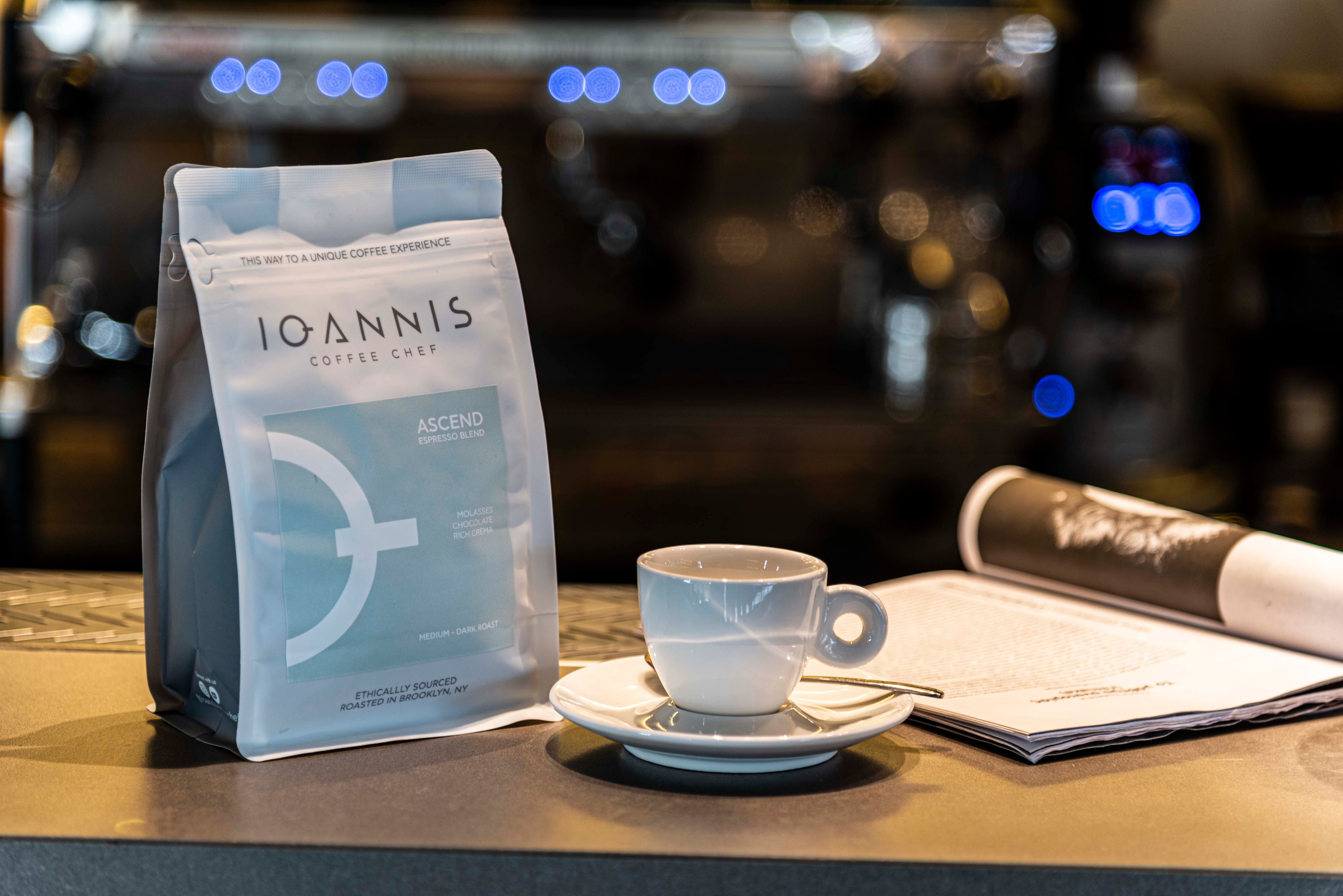It's not a level of acid (the pH), it's more like a "snap" or "crispness." It's what gives coffee its freshness and brightness. It's a very desirable characteristic in coffee.
You may not know this but coffee roast levels play a part in the acidity of coffee. The acidity will generally decrease and become less prominent as a roast gets darker – a light or medium roast will have higher acidity than a dark or espresso roast.
But what does this mean for your taste buds? Well, if you're looking for something with more of a kick, go with a darker roast; if you like your coffee light and milder, try out some lighter roasts.
There are a few important players in the acidity of coffee namely:
Citric acid is usually found in Arabica coffee and is the same acid as is found in citrus fruits.
Phosphoric acid has a sweeter flavor than other acids and can turn a citrus flavor into one more fruity.
Malic acid is associated with stone fruit like plums or peaches but may be more akin to apple and pear.
Chlorogenic acids are responsible for what people would associate coffee with. It decreases the more a coffee is roasted.
Acetic acid is pleasant at lower concentrations but higher levels are less desirable and are probably due to not being properly processed.
Tartaric acid is what can be found in wine and can lead to a grape-like flavor at lower concentration levels.
Quinic acid is produced as the other acids degrade it is common in darkly roasted coffee and may turn your stomach sour.
If you're looking for ways to make your daily cup of coffee less acidic, try grinding your beans a little coarser than usual and brewing with water that's not too hot (ideally around 200°F).
Another sure way to reduce the acidity in your coffee is to use a cold-brew process. You may also hear it called cold-drip coffee. This type of coffee is made by allowing ground beans to steep in cold water for at least 24 hours.
When you use hot water it extracts less of the coffee’s natural acids than cold water. As a result, your coffee is about 70% less acidic than a typical cup of hot-brewed coffee.
In fact, when you drink cold-brewed coffee, you may be surprised at how much more balanced and smooth it tastes compared to traditional hot-brewed coffee!
At the heart of it, acidity is in the eye of the beholder, what may be delicious for one person may be unpleasant for another. It is all up to personal taste which is why it is so useful to understand how to increase and decrease the acidity of your coffee. Part of that is deciding on the roast that suits your palate.


